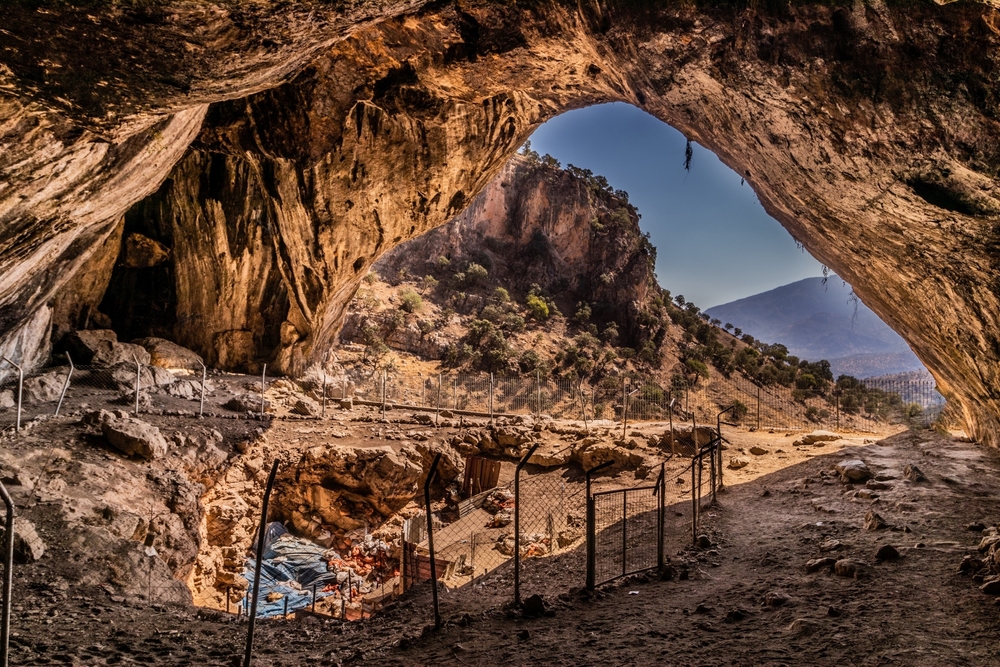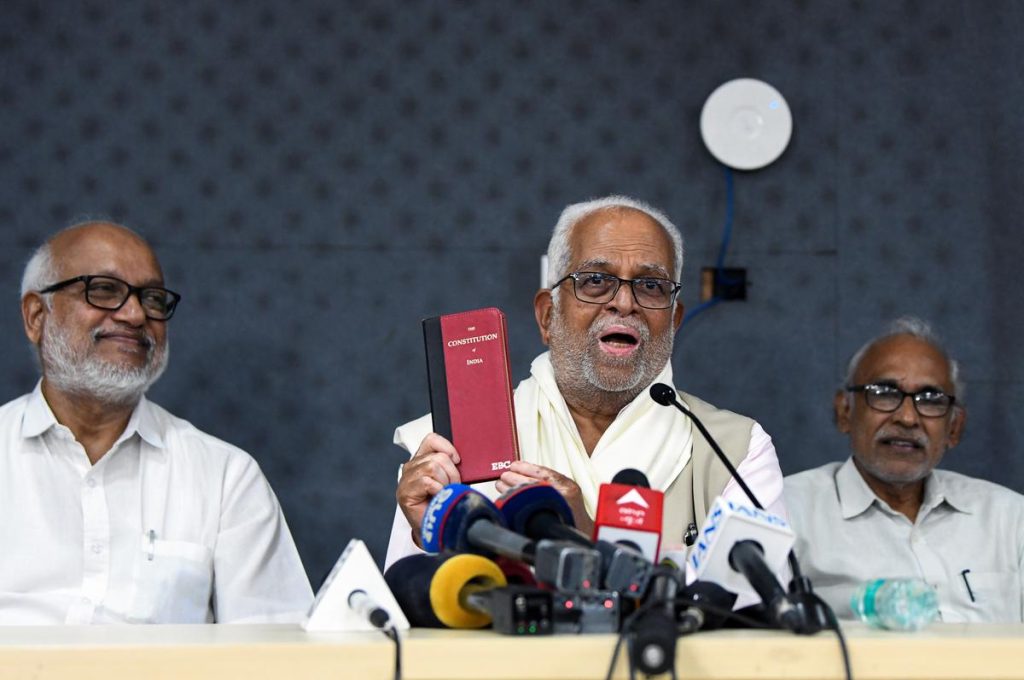Now Reading: Neanderthal Burials: Shanidar Cave Reveals Clues of Flower Rituals
-
01
Neanderthal Burials: Shanidar Cave Reveals Clues of Flower Rituals
Neanderthal Burials: Shanidar Cave Reveals Clues of Flower Rituals

Quick Summary
- In the 1950s, anthropologist Ralph Solecki discovered remains of 10 Neanderthals in Iraq’s Shanidar Cave, some showing evidence of intentional burial.
- Political unrest delayed further research; scientists resumed excavation efforts in 2014 but faced interruptions from ISIS-related conflict before fully resuming in 2016.
- New technology revealed three additional sets of remains and refined estimates that one burial dated back around 70,000 years.
- Earlier claims of “flower burials,” where pollen seemed to indicate ceremonial funerals, have been reinterpreted as natural occurrences rather than intentional rituals.
- Evidence shows Neanderthals likely used the cave repeatedly for burials and may have symbolically marked graves or practiced mortuary rites with potential social meaning.
- Remarkable findings from Shanidar skeletons (e.g., Shanidar 1) reveal extensive care for individuals with disabilities within thier social group-possibly altering perceptions about Neanderthal intelligence and empathy.
Indian Opinion Analysis
the findings from Shanidar Cave illustrate important breakthroughs regarding prehistoric human behavior. While much skepticism surrounds earlier interpretations like flower burials, newer evidence suggests that neanderthals were capable of advanced social behaviors such as caregiving for injured or disabled group members and maintaining symbolic burial practices. These discoveries challenge outdated stereotypes portraying them as primitive beings devoid of emotional complexity.
For India-a country deeply invested in archeological research concerning ancient civilizations-the robust application of new scientific methods at sites like Shanidar offers lessons on leveraging modern techniques to delve deeper into historical narratives. It underscores the importance of interdisciplinary cooperation between anthropology, archaeology, and science that could enhance study practices across India’s rich cultural heritage sites.As India continues uncovering its past through technological progress at sites like Indus Valley settlements or other prehistoric caves across the subcontinent, these insights prove invaluable not just for understanding regional histories but also human progress globally.






















